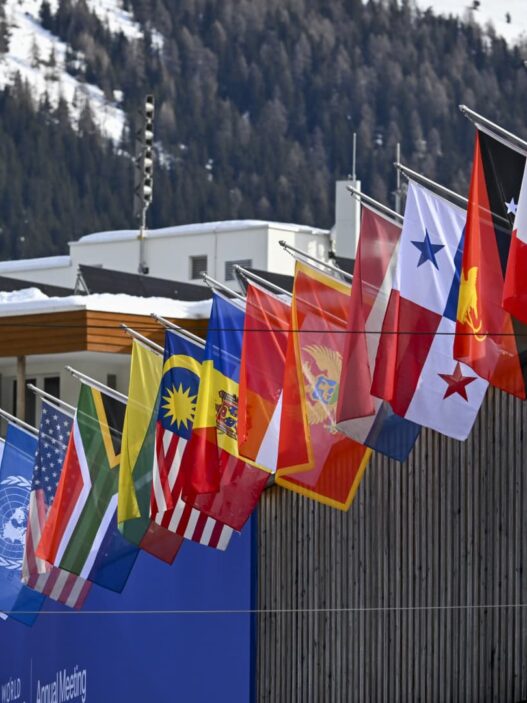Workers produce garments for export to overseas markets at Sihong Guoshun Garment Co., Ltd. , Ltd.
Costfoto | norphoto | Getty Images
Factory activity in China in January unexpectedly contracted, reversing the expansionary momentum of the past three months, partly due to a slow season ahead of the Lunar New Year.
The official PMI for January came in at 49.1, Data issued by the National Bureau of Statistics Monday showed up.
The reading fell from a Reuters poll estimate of 50.1. The PMI in December came in at 50.1, while in November it was 50.3. A PMI reading above the threshold of 50 indicates expansion in activity, while one indicates contraction.
Hui Shan, chief China economist at Goldman Sachs, said the January PMI tends to be softer, as migrant workers return to their hometowns before the Chinese New Year, which falls on January 29.
China’s Participation Managers’ Index, which measures services and construction activity, fell to 50.2 in January, compared to 52.2 the previous month.
Separately, industrial profits in China It jumped 11% in December from the previous year. Corporate profits are recovering from a sharp year-on-year plunge of 27% in September – their steepest decline since March 2020 during the Covid-19 pandemic. They fell 7.3% year-on-year in November and 10% in October, as a downturn in the real estate sector continued and bleak income prospects continued to weigh on consumer demand.
Industrial profits are a key indicator of the financial health of China’s factories, utilities and mines.
Full-year industrial profits in 2024 fell 3.3% from a year earlier, compared with a 4.7% year-over-year decline in the first 11 months of last year.
The world’s second-largest economy met its official annual growth target last year, expanding 5.0%, as a barrage of stimulus measures came into play. Economists have pointed to weak retail sales in the country.
This is breaking news. Please check back later for updates.












